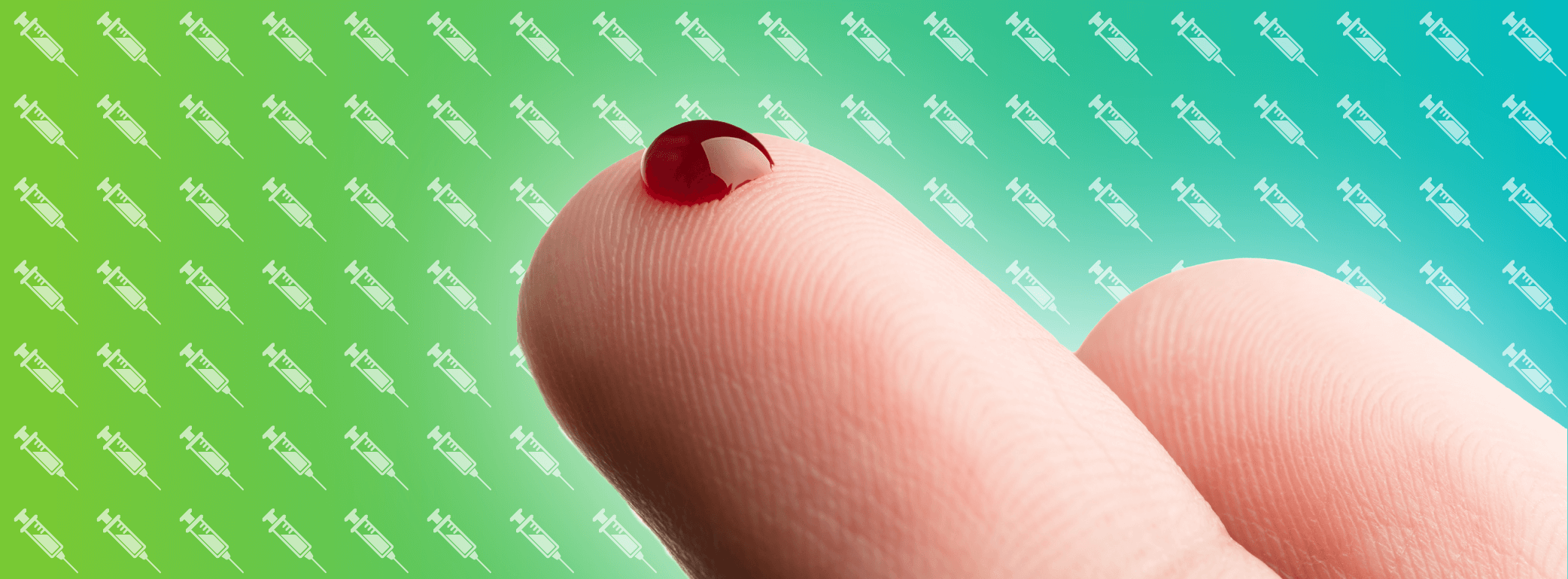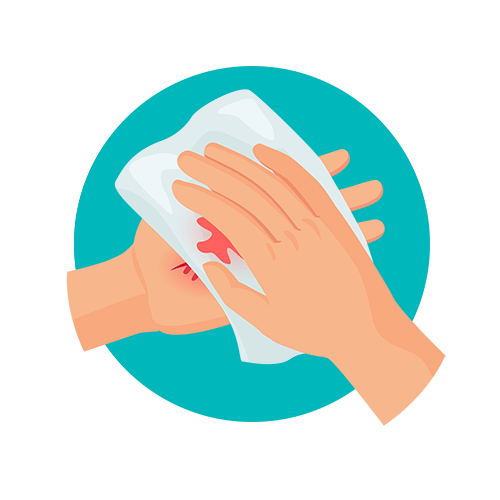Why You Should Report a Sharps Injury

Sharps injuries are one of the most common injuries for healthcare workers. In fact, an analysis by the Toronto Metropolitan University found that approximately 70,000 sharps injuries occur each year in Canadian healthcare settings.
When these injuries occur, they have the potential to cause serious health problems, as well as significant stress and anxiety. For various reasons, workers are often hesitant to report  sharps injuries. While it’s always best to prevent sharps injuries from happening in the first place, no one should ever feel reluctant to report a sharps injury; in fact, reporting is the first and most important step in any post-sharps injury protocol.
sharps injuries. While it’s always best to prevent sharps injuries from happening in the first place, no one should ever feel reluctant to report a sharps injury; in fact, reporting is the first and most important step in any post-sharps injury protocol.
As a clinician or EVS professional, you’re probably crunched for time, so we’ve created a quick guide to help keep you and your colleagues safe and prepared, with tips on how to prevent sharps injuries and the steps to take when a sharps injury does occur. As you’ll see, reporting a sharps injury should be at the top of the list for actions to take when a sharps injury happens.
TOPICS WE WILL COVER:
1 / Preventing Sharps Injuries
2 / Steps To Take After a Sharps Injury
3 / Reasons to Report the Injury
4 / Prevention and Proactive Responses Make the Best Sharps Injury Plans
Preventing Sharps Injuries
Sharps injuries are all too common among Canadian healthcare workers, and these accidents can result in serious health problems. It’s important for your safety and that of your patients and co-workers to make practical changes to prevent them. Here are some steps you can take to help prevent sharps injuries in your healthcare setting:
Avoid Using Needles When Possible
It is best to use safer alternatives to needles when possible. However, when needles must be used, it is important to use needles designed to retract or shield once used. These make for a safer choice for both staff and patients.
Implement Safe Disposal Procedures
According to Health Canada, 45% of sharps injuries occur post-use, which is why it’s vital to carefully dispose of used needles so injuries won’t occur. First, avoid recapping needles before disposal, as this action increases the chances of a stick injury. Instead, immediately dispose of the needle after use in a puncture-resistant container.
Disposal containers should be placed in convenient areas where needles are used. An effective sharps disposal container can considerably reduce sharps injuries. For instance, Sharpsmart containers have been found to reduce sharps injuries by 87%. The Sharpsmart container’s unique design went through extensive research and development to produce the safest container on the market today.
Participate in Training
You can also help prevent sharps injuries by participating in any training your employer gives concerning this issue. These training sessions will typically include useful information and guidance about the best ways to use the safety devices provided by your employer to prevent injuries.
Steps To Take After a Sharps Injury
Even with the most rigorous precautions, sharps injuries can still happen. If you suffer a sharps injury, there are certain things you should do to ensure proper treatment. Knowing these steps and being prepared can help you know how to act during a frightening  and stressful time. When a sharps injury occurs:
and stressful time. When a sharps injury occurs:
- Place the wound under running water and encourage it to bleed.
- Wash the wound with soap and water, but don’t scrub it.
- Cover the wound with a bandage or dressing.
- Visit a doctor or the emergency room.
- Report the sharps injury to your employer.
Reasons To Report the Injury
Once you clean and dress your wound and get medical care, you should report your injury by following your facility’s procedures, as well as any legal requirements in your area. Although workers are sometimes reluctant to report sharps injuries because they are busy or fear it may affect their job, there are many good reasons to report the injury. Here are several key reasons why you should always report a sharps injury:
 Eligibility To Receive Benefits: If you become ill due to your injury, you could miss work and lose income. However, if you have reported the injury, you may be eligible for compensation.
Eligibility To Receive Benefits: If you become ill due to your injury, you could miss work and lose income. However, if you have reported the injury, you may be eligible for compensation.- Prompt Medical Care: Reporting a sharps injury will allow you to get prompt treatment, including testing to find out if you have any bloodborne illnesses. It can also give you access to post-exposure prophylaxis. This medication can help keep you from becoming infected due to bloodborne pathogens if the treatment is given within seventy-two hours.
- Improve Safety in Your Facility: If you report your injury, it could help management in your facility understand the risk factors and safety hazards in the workplace and try to eliminate them. If this leads to a safer workplace, it could help your fellow healthcare workers.
- Required In Many Jurisdictions: The Canadian Centre for Communicable Diseases and Infection Control at the Public Health Agency of Canada (PHAC) created guidelines to protect staff from infection. These guidelines require the reporting of sharps injuries and have been adopted in many provinces.
Prevention and Proactive Responses Make the Best Sharps Injury Plan
Sharps injuries are common among Canadian healthcare workers, so it’s important to always practise preventative measures and know how to respond when an incident occurs. Make your health a priority. If you receive a sharps injury, don’t wait to report it. By being transparent, you can better protect yourself, your coworkers, and your patients.
Remember that after proper first aid, reporting a sharps injury will help ensure that you receive any necessary treatment as well as any benefits you deserve. Additionally, it could help your employers to detect and correct risk factors in the workplace so as to decrease injuries in the future.
To learn more about Sharpsmart and adding it to your healthcare facility, reach out to our team of experts.
Let's Talk!
Your time is valuable, and we don’t want to play hard to get. You can either phone us directly on the details listed on our contact page, or feel free to fill out this short form and one of our team members will get back to you as quickly as possible.
